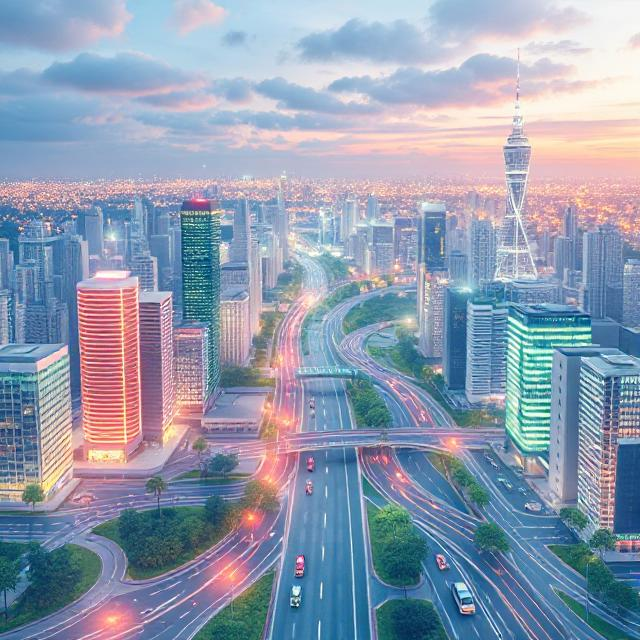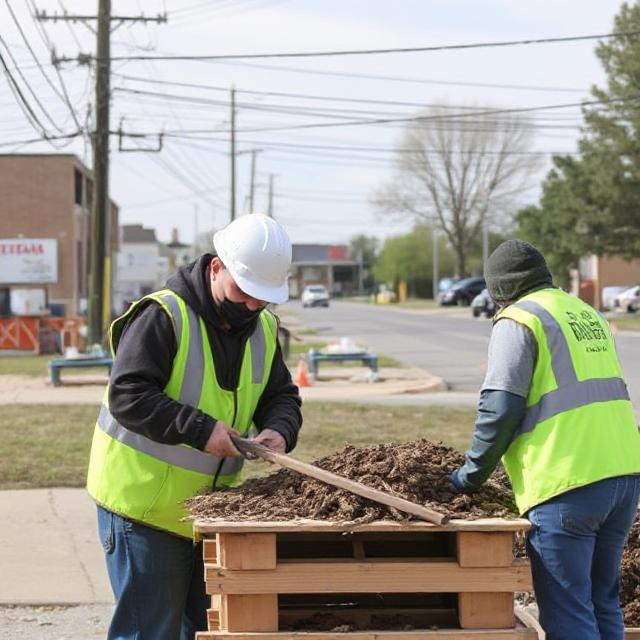Global Expansion
To achieve the goal of 10,000 smart cities globally, StarCity will adopt a scalable, modular, and decentralized model. This strategy ensures that each city is self-sufficient while contributing to a larger global economic ecosystem.
1. Scalable City Model

Modular City Design
Each city operates as a self-contained economic cycle, producing everything it needs. Standardized smart city units (e.g., 5,000, 10,000, or 50,000-person modules) allow easy replication. Integrated Technology: AI-driven management, IoT-based monitoring, and renewable energy solutions.
Plug-and-Play Economic Cycles
Each city integrates into a network of economic cycles, ensuring resource and market interdependence. Localized Production: Manufacturing, agriculture, and service-based economies sustain each cycle. Blockchain & Smart Contracts: To manage ownership, investment, and resource distribution efficiently.
Expansion Strategy – 5-Phase Deployment Model

Phase 1: Pilot Cities & Proof of Concept
Select pilot locations (e.g., Anambra State, Lagos, Port Harcourt). Demonstrate economic self-sufficiency (waste-to-energy, local food production, renewable energy). Optimize business model & technology infrastructure for global replication.
Phase 2: Regional Expansion (National Scale)
Establish 10-50 cities within one country using a decentralized funding and investment model. Strengthen StarCity’s economic networks, ensuring inter-city trade and resource-sharing. Develop local policy frameworks for sustainable urban development.
Phase 3: Continental Expansion
Expand across Africa, Asia, and South America, where urbanization and smart infrastructure demand is high. Use Public-Private Partnerships (PPPs) to attract government and private sector investments. Standardize StarCity modular solutions for rapid deployment in various terrains and economies.
Phase 4: Global Integration & Economic Network
Establish a global trade network linking all StarCity smart cities. Enable decentralized governance models for cities to self-regulate while adhering to StarCity standards. Implement cross-border digital economies, allowing seamless trade between StarCity locations.
Phase 5: 10,000 Smart Cities Fully Operational
Each city operates within a sustainable ecosystem, continuously expanding through reinvestment. The StarCity global network becomes the largest decentralized urban economy in the world. Ongoing innovation ensures long-term economic and environmental sustainability.
Key Enablers for Global Expansion

Financing & Investment
StarCity Economic Fund: Crowdfunding, venture capital, and sovereign wealth fund investments.
Tokenized Ownership: Blockchain-based investment for decentralized funding.
Impact Investment Partnerships: Attracting investors focused on smart infrastructure & sustainability.
Technology & Infrastructure
Standardized City Tech Stack: AI, IoT, blockchain, and automation for self-sufficient city management.
Starlink-Powered Internet: High-speed connectivity for digital economy and governance.
Renewable Energy & Waste-to-Resource Technologies: Ensuring zero waste and sustainable power supply.
Policy & Regulatory Frameworks
Adaptive Legal Models: Aligning StarCity with global urban development regulations.
Sovereign City Agreements: Negotiating special economic zones for tax and trade benefits.
Sustainability Certification: Ensuring compliance with global smart city standards.
Competitive Advantage & Market Differentiation

Unlike Traditional Smart Cities
Self-Sufficiency Model: No reliance on external resources.
Decentralized Economic Cycles: Cities co-own their economic activities.
Low Startup & Maintenance Costs: Standardized modular designs reduce cost.
Unlike Tech-Only Smart Cities
Integrated Community Model: Social, economic, and technological development combined.
Scalable for Different Markets: Adapts to both high-tech and low-income environments.
Local Job Creation: Economic models that ensure long-term employment.
